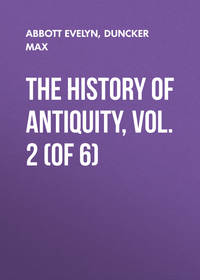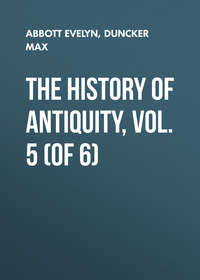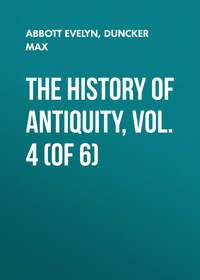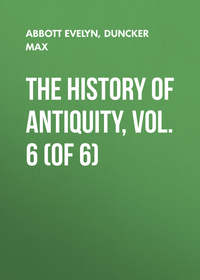The History of Antiquity, Vol. 1 (of 6)
 полная версия
полная версияThe History of Antiquity, Vol. 1 (of 6)
Жанр: историческая литературазарубежная классиказарубежная старинная литературасерьезное чтениеоб истории серьезно
Язык: Английский
Год издания: 2017
Добавлена:
Настройки чтения
Размер шрифта
Высота строк
Поля






